Cover
Title Page
Copyright
CONTENTS
PREFACE
1 Introduction to Computer Networks and Data Communications
The Language of Computer Networks
The Big Picture of Networks
Communications Networks—Basic Layouts
Microcomputer-to-local area network layouts
Microcomputer-to-Internet layouts
Local area network-to-local area network layouts
Personal area network-to-workstation layouts
Local area network-to-metropolitan area network layouts
Local area network-to-wide area network layouts
Wide area network-to-wide area network layouts
Sensor-to-local area network layouts
Satellite and microwave layouts
Cell phone layouts
Terminal/microcomputer-to-mainframe computer layouts
Convergence
Network Architectures
The TCP/IP protocol suite
The OSI model
Logical and physical connections
Network Layouts in Action
The TCP/IP Protocol Suite in Action
Summary
Key Terms
Review Questions
Exercises
Thinking Outside the Box
Hands-On Projects
2 Fundamentals of Data and Signals
Data and Signals
Analog vs. digital
Fundamentals of signals
Converting Data into Signals
Transmitting analog data with analog signals
Transmitting digital data with digital signals: digital encoding schemes
Transmitting digital data with discrete analog signals
Transmitting analog data with digital signals
Data Codes
EBCDIC
ASCII
Unicode
Data and Signal Conversions in Action: Two Examples
Summary
Key Terms
Review Questions
Exercises
Thinking Outside the Box
Hands-On Projects
3 Conducted and Wireless Media
Conducted Media
Twisted pair wire
Coaxial cable
Fiber-optic cable
Wireless Media
Media Selection Criteria
Conducted Media in Action: Two Examples
Wireless Media in Action: Three Examples
Summary
Key Terms
Review Questions
Exercises
Thinking Outside the Box
Hands-On Projects
4 Making Connections
Interfacing a Computer to Peripheral Devices
Characteristics of interface standards
An early interface standard
Universal Serial Bus (USB)
Other interface standards
Data Link Connections
Asynchronous connections
Synchronous connections
Isochronous connections
Terminal-to-Mainframe Computer Connections
Making Computer Connections in Action
Summary
Key Terms
Review Questions
Exercises
Thinking Outside the Box
Hands-On Projects
5 Making Connections Efficient: Multiplexing and Compression
Frequency Division Multiplexing
Time Division Multiplexing
Synchronous time division multiplexing
Statistical time division multiplexing
Wavelength Division Multiplexing
Discrete Multitone
Code Division Multiplexing
Comparison of Multiplexing Techniques
Compression—Lossless vs. Lossy
Lossless compression
Lossy compression
Business Multiplexing in Action
Summary
Key Terms
Review Questions
Exercises
Thinking Outside the Box
Hands-On Projects
6 Errors, Error Detection, and Error Control
Noise and Errors
White noise
Impulse noise
Crosstalk
Echo
Jitter
Attenuation
Error Prevention
Error Detection
Parity checks
Arithmetic checksum
Cyclic redundancy checksum
Error Control
Toss the frame/packet
Return a message
Correct the error
Error Detection in Action
Summary
Key Terms
Review Questions
Exercises
Thinking Outside the Box
Hands-On Projects
7 Local Area Networks: Part 1
Primary Function of Local Area Networks
Advantages and Disadvantages of Local Area Networks
The First Local Area Network: The Bus/Tree
A More Modern LAN
Contention-based protocols
Switches
Isolating traffic patterns and providing multiple access
Full-duplex switches
Virtual LANs
Link aggregation
Spanning tree algorithm
Quality of service
Wired Ethernet
Wired Ethernet Frame Format
LANs in Action: A Small Office Solution
Summary
Key Terms
Review Questions
Exercises
Thinking Outside the Box
Hands-On Projects
8 Local Area Networks: Part II
Wireless Ethernet
Wireless LAN standards
Wireless CSMA/CA
CSMA/CA frame format
Network Operating Systems
Network Operating Systems Past and Present
Novell NetWare
Microsoft Windows NT and Windows Server 2000, 2003, and 2008
UNIX
Linux
Mac OS X Server
Servers
Client/server networks vs. peer-to-peer networks
Network Support Software
Utilities
Internet software
Software Licensing Agreements
LAN Support Devices
Lan Software in Action: A Small Company Makes a Choice
Primary uses of current system
Network maintenance and support
Cost of the NOS
Any unique hardware choices affecting NOS decision
Single location or multiple locations
Political pressures affecting decision
Final decision
Wireless Networking in Action: Creating a Wireless LAN for Home
Summary
Key Terms
Review Questions
Exercises
Thinking Outside the Box
Hands-On Projects
9 Introduction to Metropolitan Area Networks and Wide Area Networks
Metropolitan Area Network Basics
SONET vs. Ethernet
Wide Area Network Basics
Types of network clouds
Connection-oriented vs. connectionless network applications
Routing
Dijkstra’s least-cost algorithm
Flooding
Centralized vs. distributed routing
Adaptive vs. fixed routing
Routing examples
Network Congestion
The problems associated with network congestion
Possible solutions to congestion
WANs in Action: The Smartphone
Summary
Key Terms
Review Questions
Exercises
Thinking Outside the Box
Hands-On Projects
10 The Internet
Internet Protocols
The Internet Protocol
Internet Protocol version 6
The Transmission Control Protocol
The Internet Control Message Protocol
User Datagram Protocol
The Address Resolution Protocol
The Dynamic Host Configuration Protocol
Network Address Translation
Tunneling protocols and virtual private networks
The World Wide Web
Locating a document on the Internet
Internet Services
Electronic mail (e-mail)
The File Transfer Protocol
Remote login (Telnet)
Voice over IP
Listservs
Streaming audio and video
Instant messages, tweets, and blogs
The Internet and Business
Cookies and state information
Intranets and extranets
The Future of the Internet
The Internet in Action: A Company Creates a VPN
Summary
Key Terms
Review Questions
Exercises
Thinking Outside the Box
Hands-On Projects
11 Voice and Data Delivery Networks
The Basic Telephone System
Telephone lines and trunks
The telephone network before and after 1984
Telephone networks after 1996
Limitations of telephone signals
Dial-up Internet service
Digital Subscriber Line
DSL basics
DSL formats
Cable Modems
T-1 Leased Line Service
Frame Relay
Committed information rate or service level agreements
Asynchronous Transfer Mode
ATM classes of service
Advantages and disadvantages of ATM
MPLS and VPN
Summary of the Data Delivery Services
Convergence
Computer-telephony integration
Unified communications
Telecommunications Systems in Action: A Company Makes a Service Choice
Prices
Making the choice
Summary
Key Terms
Review Questions
Exercises
Thinking Outside the Box
Hands-On Projects
12 Network Security
Standard System Attacks
Physical Protection
Controlling Access
Passwords and ID systems
Access rights
Auditing
Securing Data
Basic encryption and decryption techniques
Securing Communications
Spread spectrum technology
Guarding against viruses
Firewalls
Wireless security
Security Policy Design Issues
Network Security in Action: Making Wireless LANs Secure
Summary
Key Terms
Review Questions
Exercises
Thinking Outside the Box
Hands-On Projects
13 Network Design and Management
Systems Development Life Cycle
Network Modeling
Wide area connectivity map
Metropolitan area connectivity map
Local area connectivity map
Feasibility Studies
Capacity Planning
Creating a Baseline
Network Administrator Skills
Generating Usable Statistics
Network Diagnostic Tools
Tools that test and debug network hardware
Network sniffers
Managing operations
Simple network management protocol
Capacity Planning and Network Design in Action: Better Box
Corporation
Summary
Key Terms
Review Questions
Exercises
Thinking Outside the Box
Hands-On Projects
GLOSSARY
INDEX
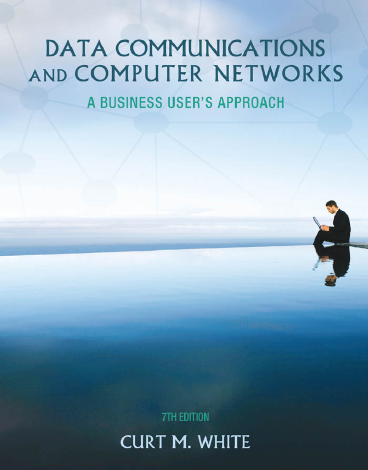
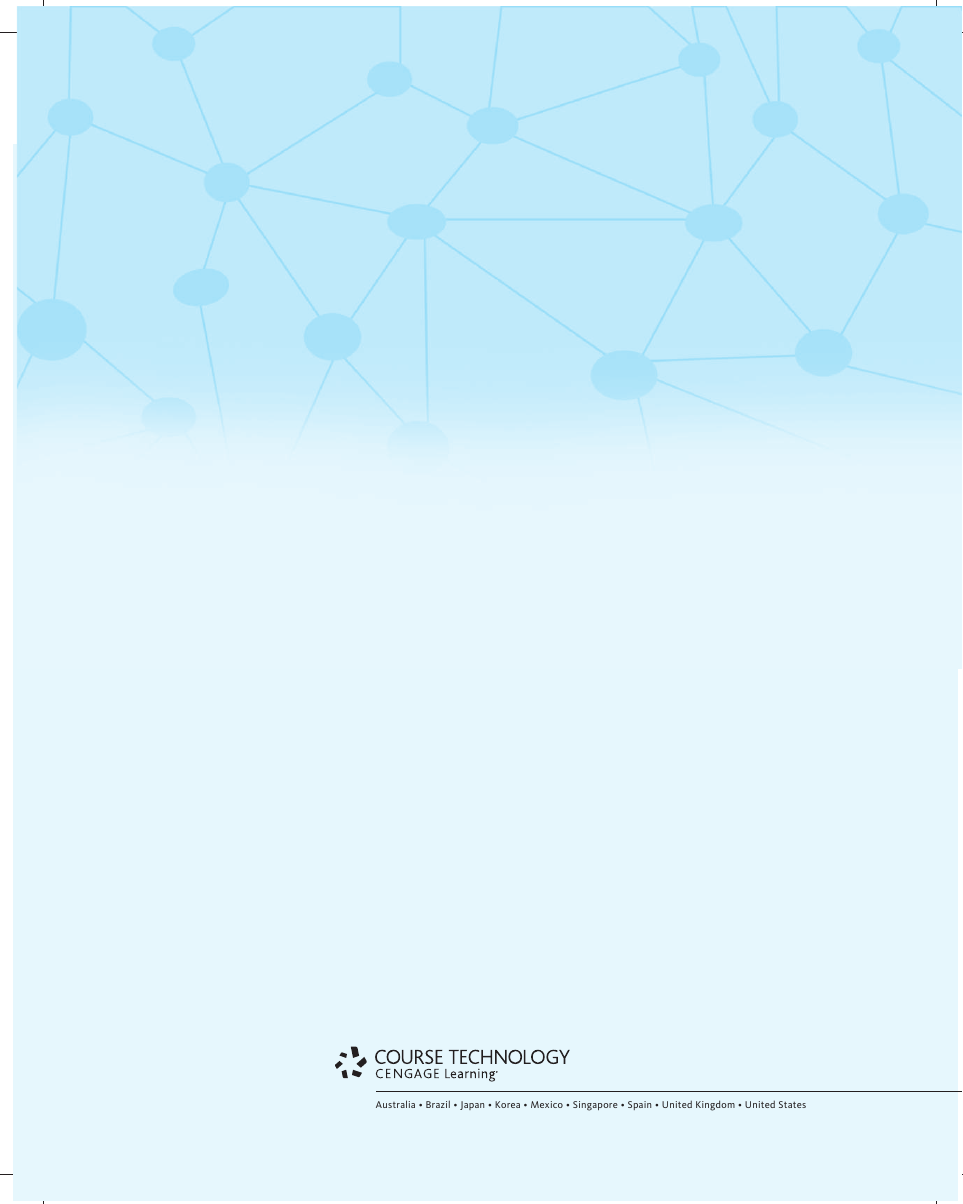
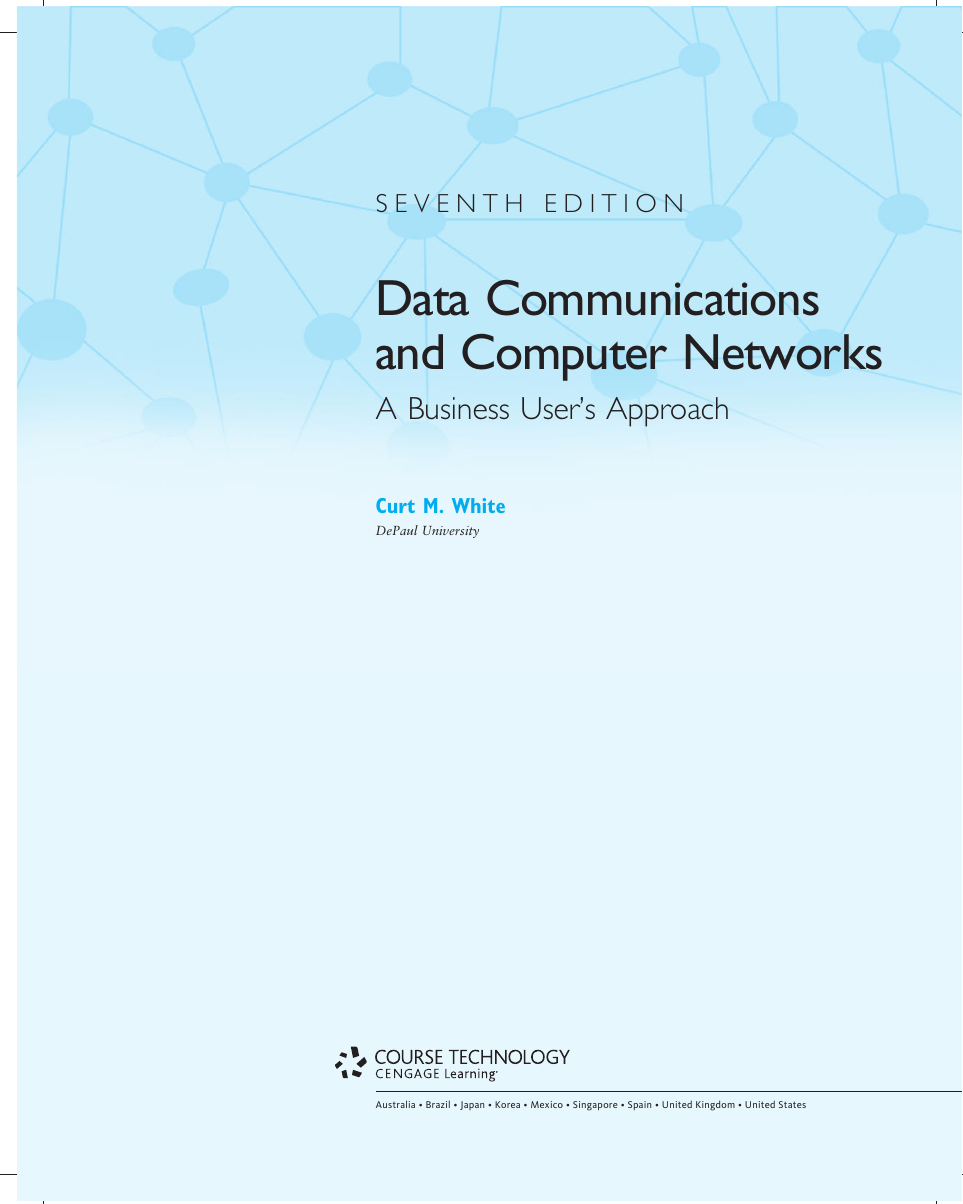
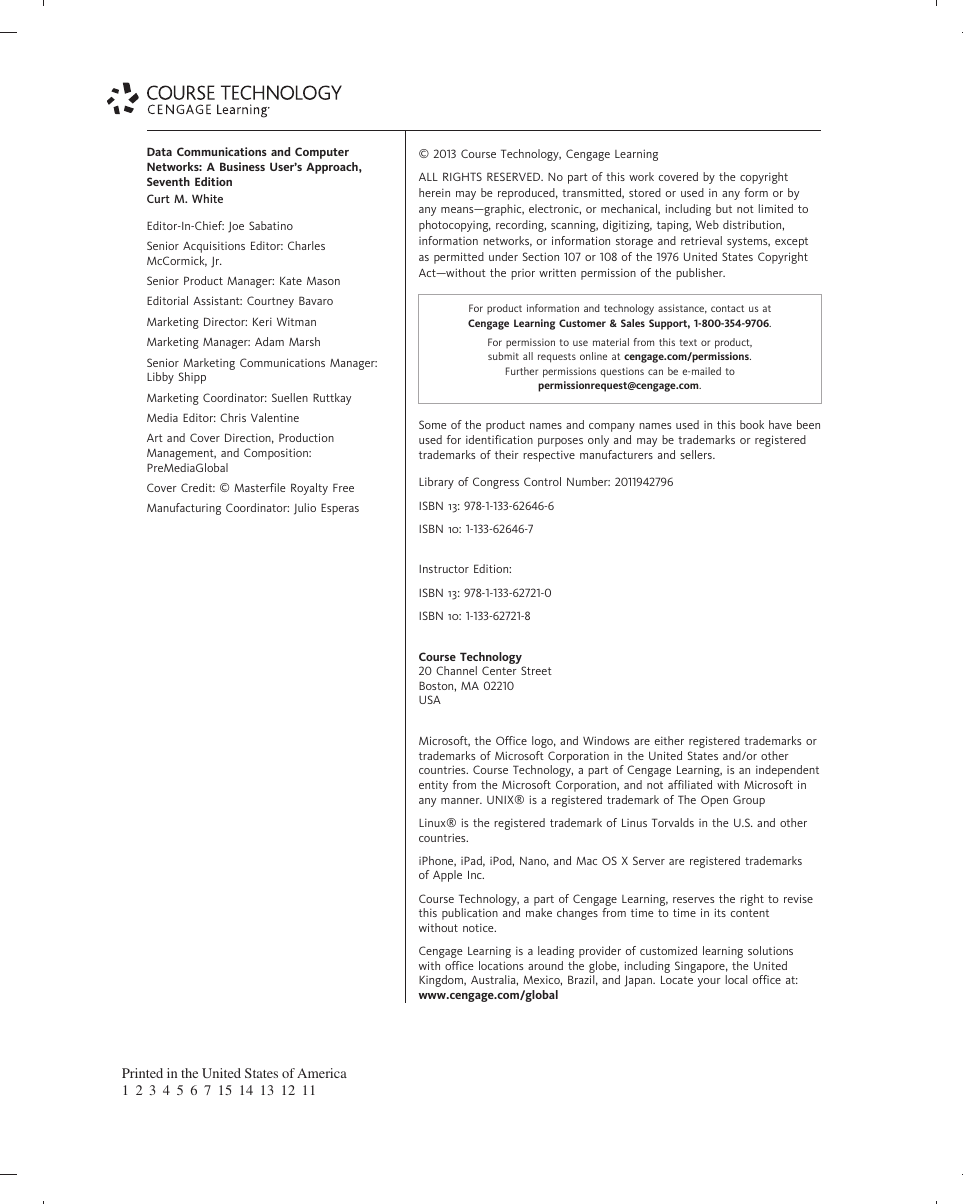


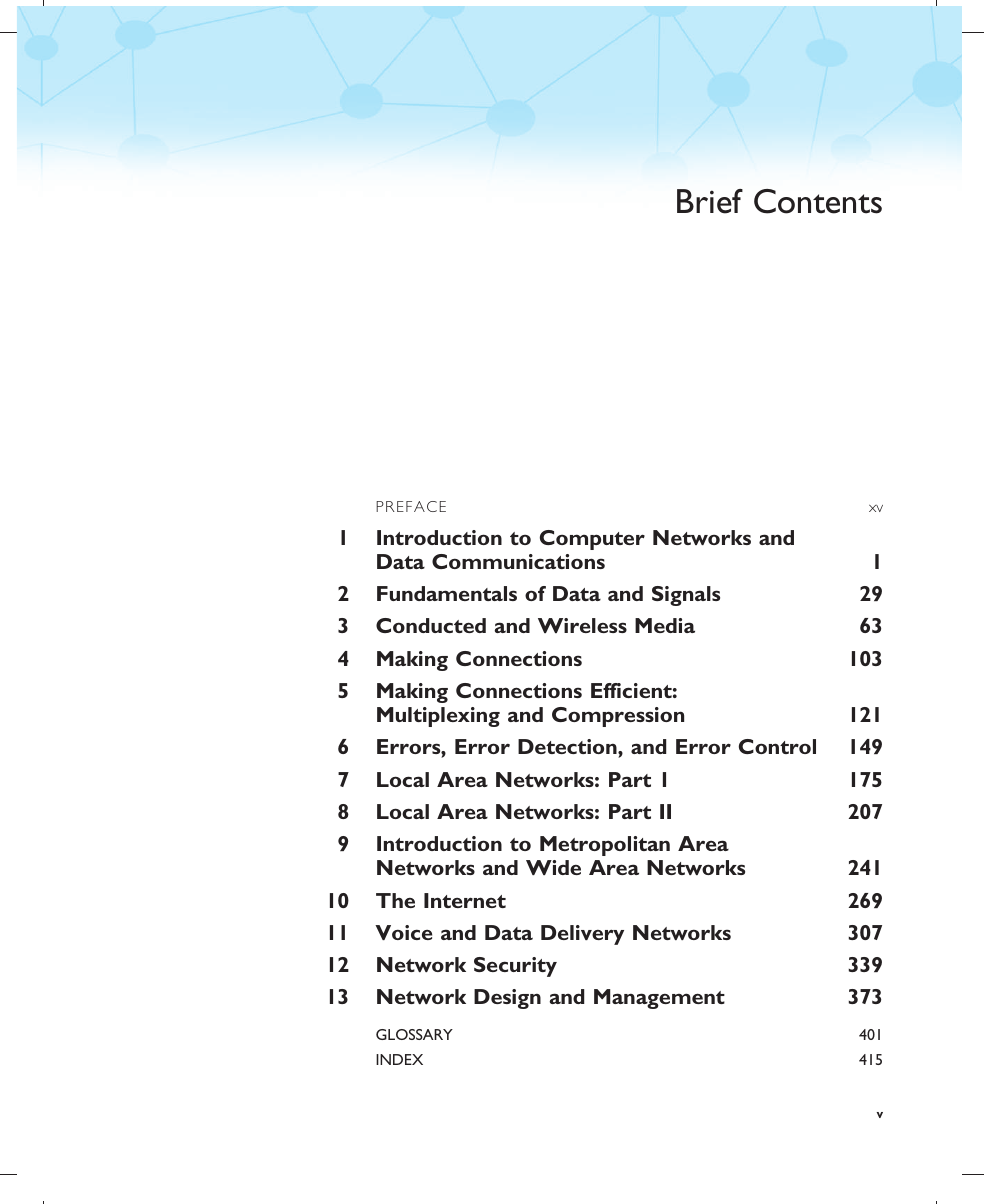









 2023年江西萍乡中考道德与法治真题及答案.doc
2023年江西萍乡中考道德与法治真题及答案.doc 2012年重庆南川中考生物真题及答案.doc
2012年重庆南川中考生物真题及答案.doc 2013年江西师范大学地理学综合及文艺理论基础考研真题.doc
2013年江西师范大学地理学综合及文艺理论基础考研真题.doc 2020年四川甘孜小升初语文真题及答案I卷.doc
2020年四川甘孜小升初语文真题及答案I卷.doc 2020年注册岩土工程师专业基础考试真题及答案.doc
2020年注册岩土工程师专业基础考试真题及答案.doc 2023-2024学年福建省厦门市九年级上学期数学月考试题及答案.doc
2023-2024学年福建省厦门市九年级上学期数学月考试题及答案.doc 2021-2022学年辽宁省沈阳市大东区九年级上学期语文期末试题及答案.doc
2021-2022学年辽宁省沈阳市大东区九年级上学期语文期末试题及答案.doc 2022-2023学年北京东城区初三第一学期物理期末试卷及答案.doc
2022-2023学年北京东城区初三第一学期物理期末试卷及答案.doc 2018上半年江西教师资格初中地理学科知识与教学能力真题及答案.doc
2018上半年江西教师资格初中地理学科知识与教学能力真题及答案.doc 2012年河北国家公务员申论考试真题及答案-省级.doc
2012年河北国家公务员申论考试真题及答案-省级.doc 2020-2021学年江苏省扬州市江都区邵樊片九年级上学期数学第一次质量检测试题及答案.doc
2020-2021学年江苏省扬州市江都区邵樊片九年级上学期数学第一次质量检测试题及答案.doc 2022下半年黑龙江教师资格证中学综合素质真题及答案.doc
2022下半年黑龙江教师资格证中学综合素质真题及答案.doc